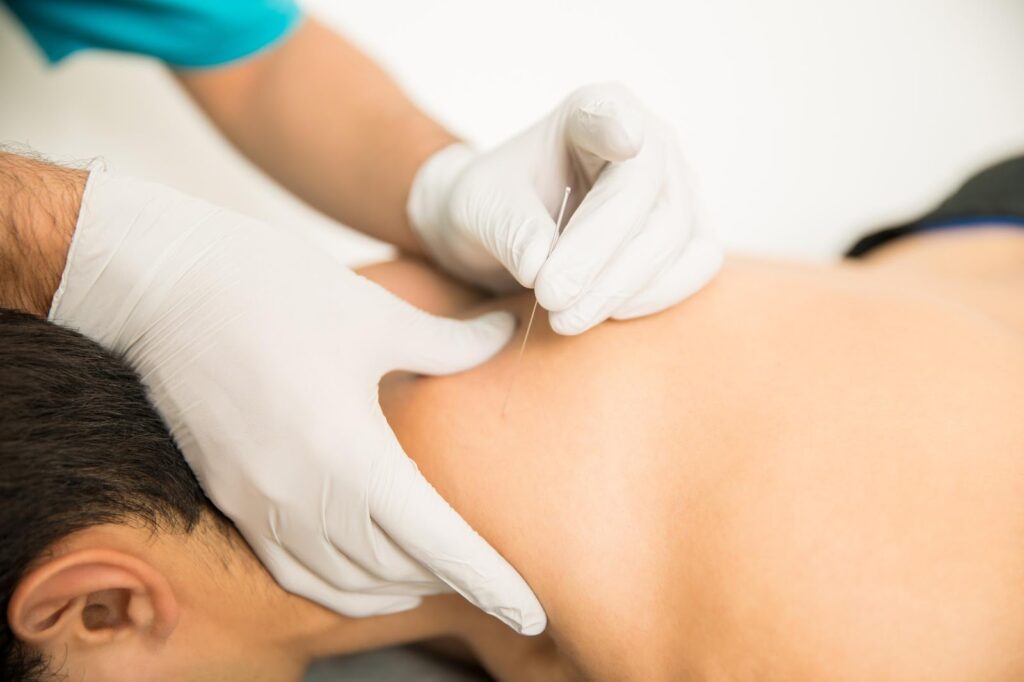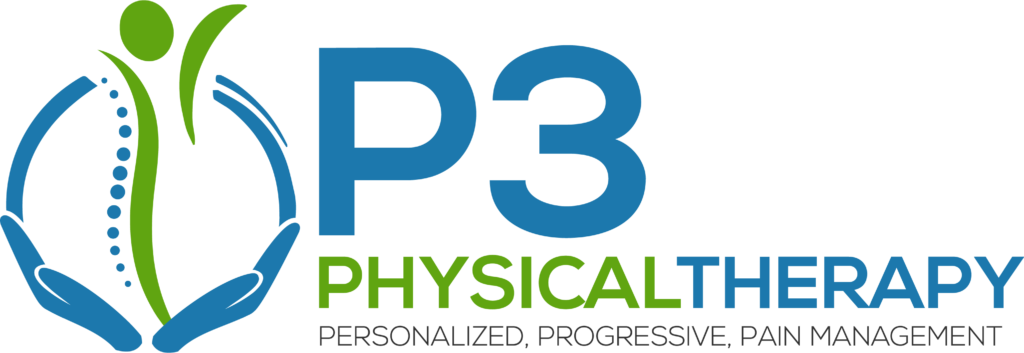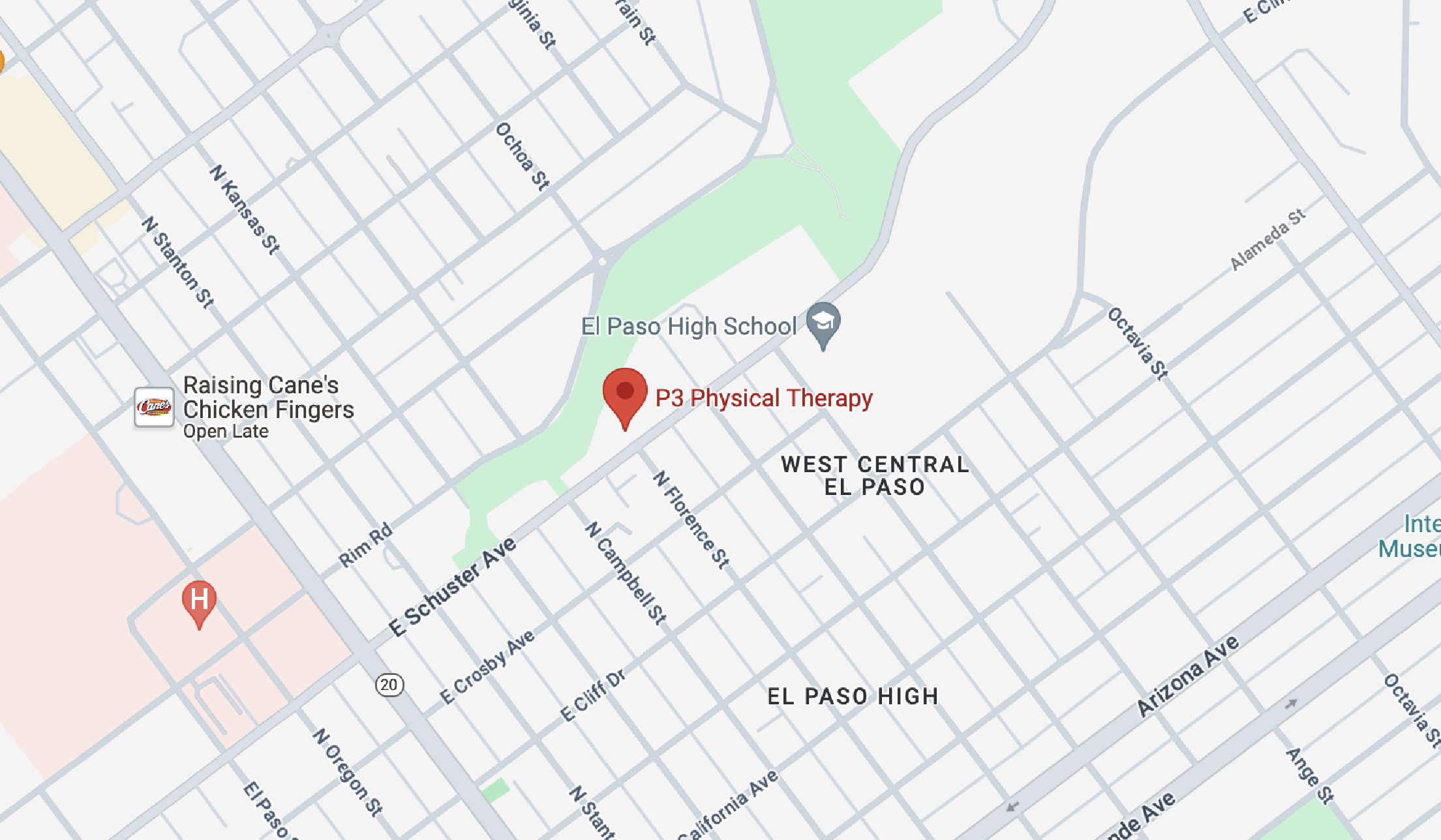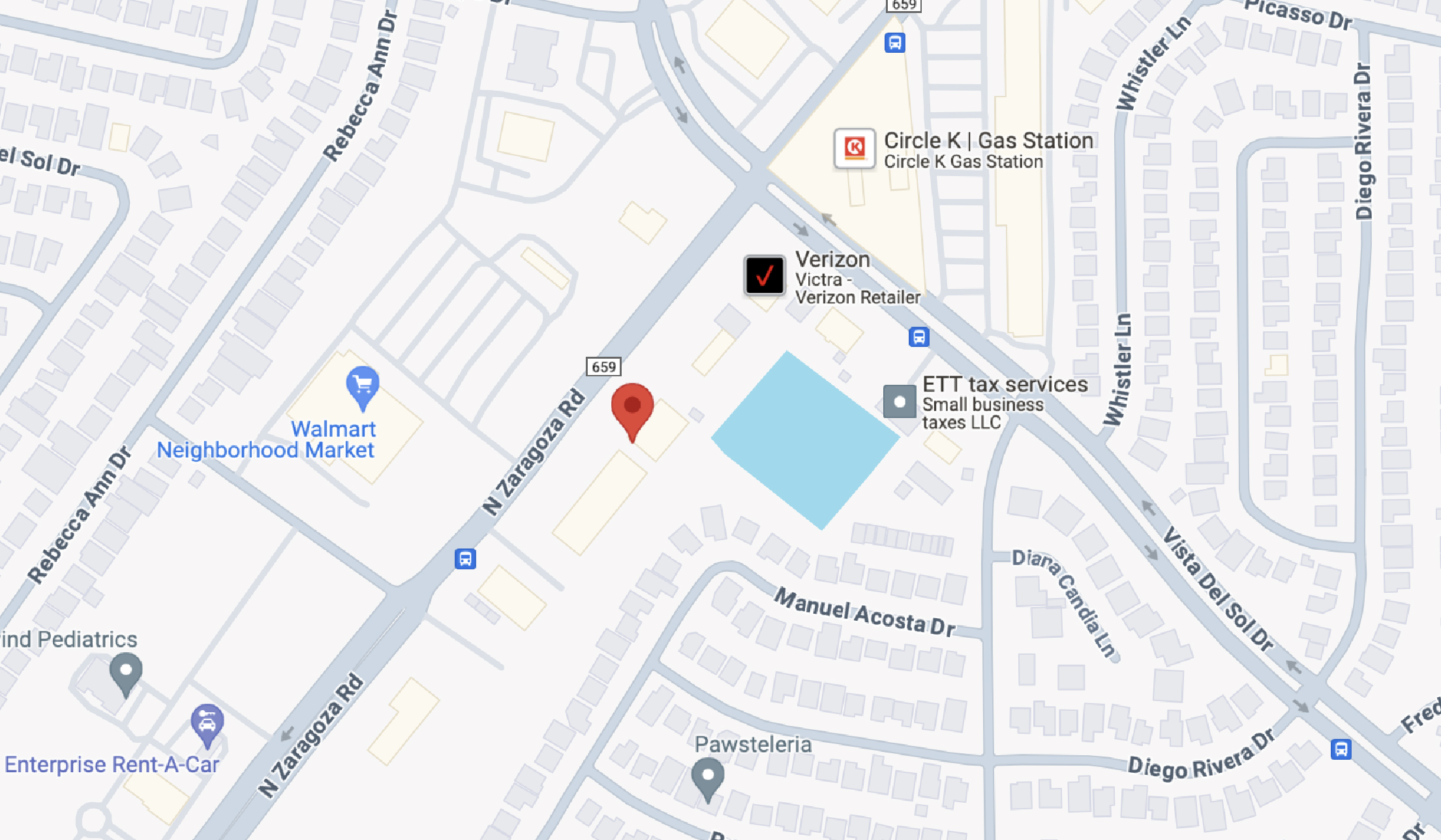
Those mysterious muscle knots that appear after a long and stressful day or a bad night’s sleep are elusive and difficult to target effectively. What is colloquially referred to as muscle knots is known in the physiocare industry as myofascial trigger points. Discussion about myofascial pain has become a lot more mainstream in recent years.
So if you have some bothersome muscle knots, here’s what you need to know to alleviate the pain!
What is a Trigger Point?
Initially known as a Charlie Horse in the 1880s, the concept of the muscle knot is widely understood by anyone who has ever had this painful sensation that their muscles are knotted up. The Charlie Horse was named—or so the story goes—after a famous baseball player, Charlie “Old Hoss” Radbourn. The pitcher suffered from muscle cramps during games, which earned him the moniker of “Charlie Horse.”
Regardless of the true origins of the name, the experience is ubiquitous enough that most people understand the concept. Although muscle knots are a common way to express the sensation, they are not enough to accurately depict what is happening and experts are still somewhat perplexed at their exact nature. It certainly feels like your muscles are knotted up, but the reality is a little more elusive.
These myofascial trigger points refer to a site in the body that is sensitive to pressure. A person might feel a lump or a hard node of muscle tissue. The pain associated with this is also defined as “pain arising from one or more myofascial trigger points or hyperirritable spots in skeletal muscle that are associated with hypersensitive palpable nodules in taut bands.”
In other words, these points are tender and sensitive to pressure. They affect the muscle tissue and the fascia. When “triggered,” they produce a painful response. They may showcase some of the following:
- Create sore spots sensitive to pressure
- A dull or nagging pain
- Create a sensation that the pain is coming from the muscle not joint
- There is a clear epicenter of the pain area
- The pain can come and go
What Causes Trigger Points?
One of the prevailing theories is that muscle knots are caused by too much acetylcholine. This leads to a prolonged contraction of the muscles, so they remain in a perpetual contracted state. A knot forms as muscle tissue is “frozen” in this contracted state, prevents blood flow, and increases inflammation.
How Does Dry Needling Help Painful Trigger Points?
Many physical therapy clinics today implement the practice of dry needling to help patients mitigate pain and achieve some relief. In the wake of the opioid crisis, the technique has garnered more attention as a drug-free approach to musculoskeletal pain. The procedure is called “dry needling” because there are no substances used.
The procedure has evolved since its beginnings in clinical settings. There is superficial and deep dry needling. In the superficial technique, needles are inserted around 5-10 mm directly into the tissue that exhibits the pain. They can also be inserted into the connective tissue of the wrist and ankles.
In deep dry needling, the needle is inserted deep into the tissue with the intent of producing the twitch response. The needle goes deeper to reach the epicenter of the trigger points. The technician can also manipulate the needle in and out of the insertion point to elicit this response.
Thanks to today’s advanced MRI technology, physicians can view a myofascial trigger point and identify its location with precision. Yet, the expense for doing this remains quite high, so standard practice involves palpitating these knots.
A skilled physical therapist or PTA will:
- Locate the trigger point
- Insert a special needle (the size is 9/100th of a medical syringe)
- Move the needle around to elicit a twitch response, if necessary
The technique triggers these muscle knots and under the hands of a skilled tech, can help people achieve some relief.
Benefits of Dry Needling as Pain Management
The technique of dry needling is often used as a part of a larger pain management approach. When used in combination with exercise, stretching, massage, and physical therapy, it can be effective at reducing or eliminating pain.
What is the Difference Between Dry Needling and Acupuncture?
At face value, the ancient practice of acupuncture looks rather similar to dry needling, but the two techniques operate under different principles. Chinese Acupuncture operates under the concept that the body functions with an energy called Qi (chee) which circulates through organs and tissues. Qi flows through meridians (or channels) with specific acupoints.
The theory suggests that the body has 12 acupoints that correspond with these meridians and can therefore target these areas of the body. An acupuncturist will look for an abnormal flow of Qi through these meridians.
In contrast, dry needling focuses triggers different mechanisms to alleviate the pain and they focus on the nerves and the anatomy of the musculoskeletal system. A dry needle expert understands the importance of nerve pathways and bases the practice on anatomy, physiology, and trigger points.
Looking for Forward-Thinking Approach to Pain, Dry Needling and Physical Therapy Can Help
Here, at P3 Physical Therapy, we approach every patient individually. The body is complex. As such, we work with patients to find the combination of modalities that can benefit in their recovery or rehabilitation. Dry needling can help supplement a physical therapy treatment plan and help alleviate pain from sore trigger points.
Want to learn more about how dry needling can help your chronic pain, injury, or moderate pain? Call us today to learn more!


